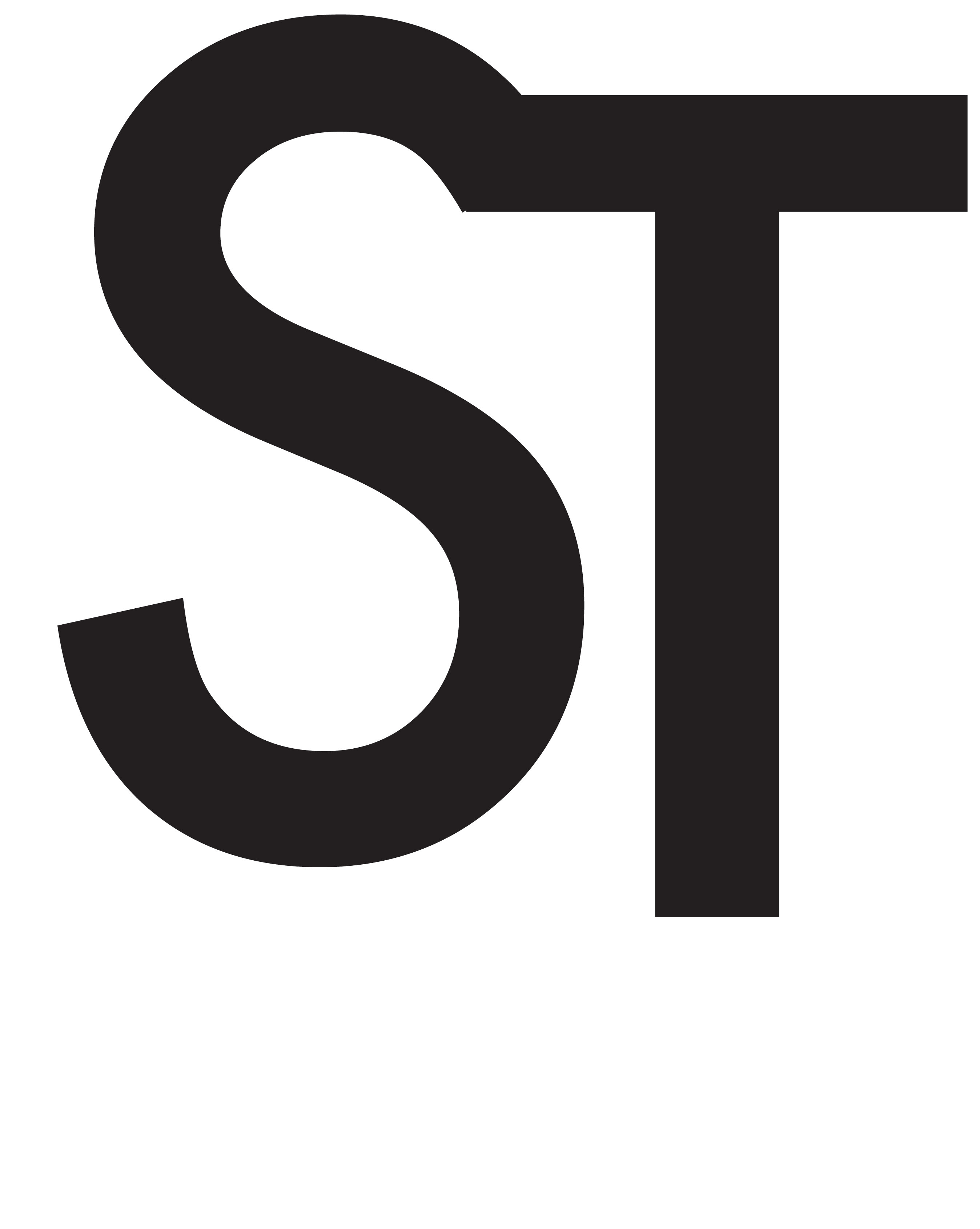Marseille's Alternative Atlas constitutes Act II of my graduation project, providing me with a discursive intermediary between the realm of historiography and the built environment. Mapping will enable me to spatialise shady narratives in Marseille.
Paris - alger / liaison rapide par marseille
- Falcucci, R. (c. 1935)
Marseille is France’s oldest city. Founded over 2000 years ago, the city has changed significantly since its founding. The land on the waterfront was subjected to many pressures, and due to its high value, it was built over again and again in a constant process of adaptation.
As such, urban narratives were overwritten by new layers of construction and activity. Marseille is and has always been a major trade hub, situated at the interface between the French Hinterland and the Mediterranean. As a port city, it attracted to its shores the good, the bad and the shady. Marseille has an abundance of shady heritage which gathered around the port, these narratives were specifically enabled by Marseille’s interface between land and sea. Today, these narratives are embedded into the city.
Marseille's palimpsest
I chose three shady narratives whose ongoing social, political, economic and environmental impact on the present are significant. I believe these narratives present a challenge to my generation and we would benefit from reassessing these shady narratives in particular: Colonial Marseille, Petroleum Marseille and Tourism Marseille.
Colonial Marseille relates to a city that was the interface of both colonisation and decolonisation. The first French colonial institute was established in Marseille. The city also hosted two colonial exhibitions in 1906 and in 1921. Who knows how they will celebrate that 100y anniversary next year… According to certain estimates, Algerians make up a third of the city's population today demonstrating of the cultural ties with Northern African. However, the legacy of the colonies have left systemic racism, social polarisation and rage.
Petroleum Marseille relates to the importation and refining of crude oil and the network of industrial, clerical and customer-facing infrastructure that was created as a result. While oil was the bread and butter of the port for a great part of the 20th century, the future of the oil industry is uncertain. Recent negative press has highlighted the environmental damage and health hazards at play in the petrochemical complex of Marseille's region. In Fos-sur-Mer, almost 10% of the inhabitants have, or have had, a cancer. The national average is 6%.
Tourism Marseille relates to the curated illusion which drives the erasure of urban narratives and gentrification. City-wide cultural events have provided opportunities for Marseille to ‘re-present’ itself in a new light to appeal to mass tourism. Local heritage is at risk of being commodified for spectators, leading to a potential loss of authenticity. Thus, tourism has led an uneasy coexistence between two diverging faces of the same city: smooth Marseille and gritty Marseille.
From left to right : Exposition nationale coloniale - Dellepiane, David (1922), Port marchand. Marseille - d’Alési , H. (1901), Marseille, porte de la cote d’Azur - Cezanne, T (1950)
Marseille is all these things: colonial, petroleum and tourism. However, how can one begin to grasp the nuances and entanglements of my three narratives?
The map can be understood as a translatory medium between the historiographical realm and the built environment.
In the context of my work, the term 'map' is understood as a translation between the intangible and tangible, able to make the invisible, visible. In more concrete terms, is a graphic representation that spatialises data.
‘El Mundo Al Reves’ by Joaquín Salvador Lavado in ‘Mafalda’ a Argentinian comic for children. Translated from Spanish.
The above Malfada comic illustrates how insidious a map's bias can be. Indeed, it is both the information that is chosen to be showed in a map and the chosen codes of representation carry an agenda.
1- We know the map is a translating intermediary, situated between the intangible realm of history and the built environment.
2- What if we were to use the map as a tool to push another, subversive, agenda? Instead of the historiographic process dictating the map in turn dictating the built fabric, mapping could become a discursive tool.
3- Mapping would enable one to read between the lines of the hegemonic reading of history, and uncover those traces within the built environement. The map could then reintroduce shunned narratives into both the historical sphere and the built environment. Subversive mapping reveals itself as a tool enabling the depiction of an alternative reading of space, and therefore time.
4- The weaving of a historical narrative based on shady memories, spaces and stories enables a change in point of view: what was previously viewed as incidental, therefore minor, or even ignored can come out of the shadow of l’Histoire and reveals itself as the symptom of a systemic historical slight. The multiplication of non-hegemonic narratives also highlights the arbitrary nature of the dominant historic narrative, expressing that all narratives situate themselves somewhere between authenticity and fabrication.
Content by Saskia Tideman
